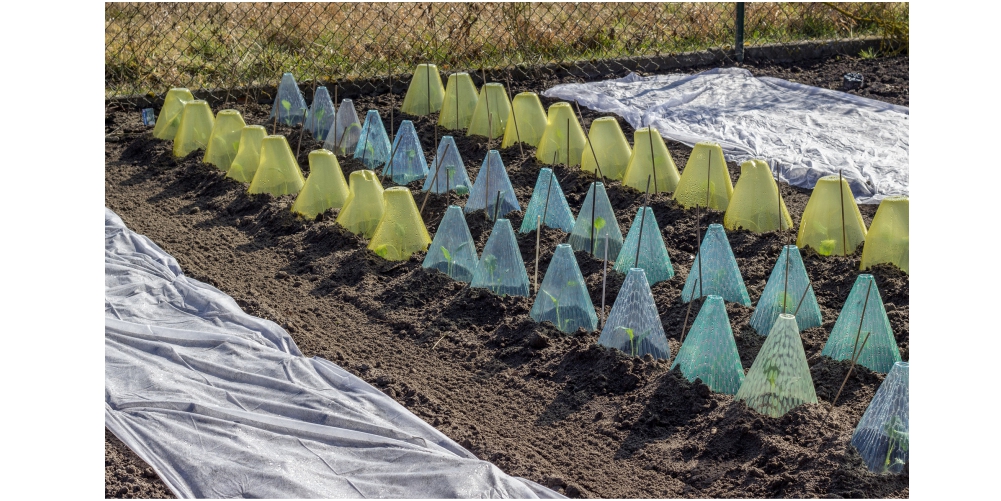You can continue to grow some vegetables during winter. Just work around the possibilities of frost.
There can be a noticeable temperature variation within a few hundred metres on your smallholding. The cold collects in valleys and depressions. If your plot is in a flat area, it means your land is more exposed to cold winds in winter.

If your plot or neighbourhood is quite built-up you may either be sheltered from cold winds or the buildings may channel the wind into your garden.
There will also be temperature variation within different parts of your smallholding. One way to find the cold areas in your property is to walk around your garden very early on a cold morning or in the late afternoon, preferably dressed minimally, so that you can feel where the cold collects, where it flows and where it is warmer and more protected. Knowing this will enable you to better plan where to plant hardy plants to screen your vegetable patch.
Planning

Obviously choose vegetables that are able to cope with frost. In most areas one can grow beetroot, cabbage, cauliflower, broccoli, broad beans, carrots, dwarf spinach, garlic, kohlrabi, leeks, lettuce, onions, parsnips, peas, radishes, Swiss chard and turnips during winter. In some species, such as potatoes, some varietals are susceptible to frost, so check the label.
There are also precautions that you can take to help your plants and vegetables to survive. Mulching helps to protect the roots. You can put plastic cloches or straw tepees or a frost cover over (like in the introductory image) plants that may be damaged by frost. Open up at least one side during the day.
Plants are better able to cope if they are strong and healthy. If you regularly feed and water your plants according to their needs during the growing season, they will be healthy and strong going into winter. There is strong evidence that potassium (potash) strengthens plant cells, so you can fertilize your garden with 3:1:5 late in the summer to provide extra potassium before the winter cold.
Resist the temptation to cut back plants that have suffered frost damage, no matter how bad they look at the time, until after the threat of any more frost is completely past. The material you would have cut off will help insulate the plant in the event of another cold snap.
It is better to irrigate in the morning rather than in the evenings so that the water is absorbed before temperatures drop below freezing.

